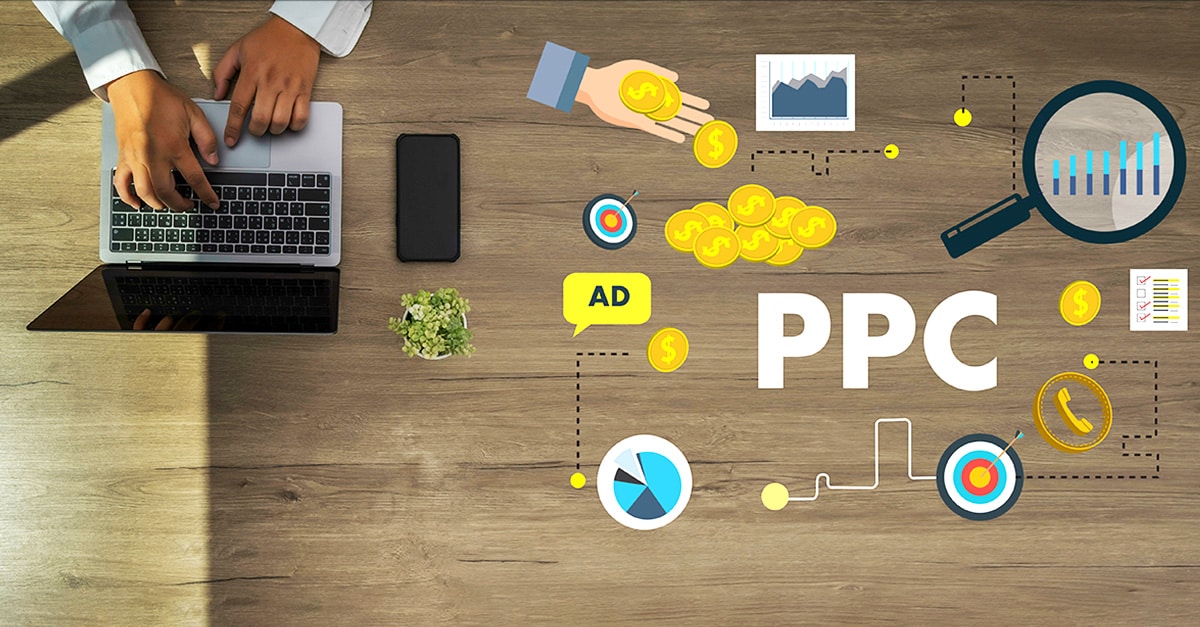You launched a pay-per-click (PPC) campaign about a month ago with high hopes, only to watch your budget vanish and get zero leads. It’s not just you. Many businesses struggle with maximizing their PPC budget, and this could be a sign that you need the guidance of pay-per-click marketing experts.
Grace, a local bakery owner, faced this exact same problem. She spent $500 on Google Ads, targeting keywords like “bakery near me.” This attracted clicks from tourists who were looking for free samples. And imagine her return on ad spend (ROAS)? A dismal 1.5x.
Sound familiar? Small businesses like yours can’t afford to waste their ad spend. But if you adopt the right strategies, even with a limited budget, you can drive meaningful results for your business.
Here are 7 strategies you can try:
1. Target High-Intent Keywords, Not Just Broad Terms
Generic keywords like “shoes” or “coffee shop” are costly; they attract clicks from casual browsers, not buyers. Which is why you need to focus on long-tail keywords that signal purchase intent.
For instance, Grace switched from using the broad keyword “bakery” to the more specific “gluten-free birthday cake delivery in [City].” Her cost-per-click (CPC) dropped by 40%, and conversions tripled. Why? Because she tapped into customers who were ready to buy and not just browse through her bakery products.
Ask yourself: Are your keywords attracting window shoppers or ready-to-buy customers?
2. Use Ad Extensions to Boost Visibility—For Free
Ad extensions may hardly cost anything, but they can make your ads larger and more informative. A study by Google found that ads with extensions see a 10–15% higher click-through rate (CTR).
A boutique clothing store that added sitelink extensions like “Shop Summer Dresses—50% Off” and callout extensions like “Free Shipping Over $50” saw its CTR jump by 18%. Also, its revenue per click increased by 22%.
Try this: Add structured snippets to highlight product categories or promotions. Use location extensions if you have a physical store.
3. Leverage Audience Targeting to Eliminate Waste
PPC platforms let you target users based on demographics, interests, or past behavior.
Ashwin, a hardware store owner, used LinkedIn Ads to target “construction managers” and “contractors” within 25 miles of his location. This move saw his conversion rate soar by 35% all because he attempted to reach decision-makers, not casual DIYers.
Ask yourself: Are you spraying your budget at everyone, or narrowing it to those who are most likely to convert?
4. Run A/B Tests—But Do It Strategically
Testing every element of your ad can be time-consuming and expensive. That is why you need to focus on what matters: headlines and calls-to-action (CTAs).
A SaaS company tested two headlines: “Streamline Your Workflow” vs. “Save 10 Hours/Week with Our Tool.” Guess which one worked for them? The second headline increased sign-ups by 27%.
Start small: Test one variable at a time and allocate 20% of your budget to experiments.
5. Re-target Visitors Who Almost Converted
Did you know only 2% of first-time website visitors convert? Re-targeting brings the other 98% back.
A fitness studio used Facebook re-targeting ads to showcase a limited-time discount to users who had abandoned their sign-up form. Result: A 50% reduction in cost per lead compared to cold traffic.
Try this: Set up a re-targeting campaign for users who viewed your pricing pages or added items to carts but didn’t check out.
6. Monitor, Adjust, and Pause Underperformers
PPC isn’t a “set it and forget it” tool.
A digital marketing agency found that clients who reviewed their PPC campaigns weekly saw 30% higher ROAS as compared to those who checked monthly.
Again, let’s see what Grace tried. She noticed her “vegan cupcakes” ads had a high CTR but low conversions. After checking analytics, she realized her landing page lacked vegan certification details. She updated the page, and her conversions rose by 40%.
Act fast: Pause ads with low CTR or high cost per acquisition (CPA). Double down on what works.
7. Capitalize on Competitor Weaknesses with Strategic Bidding
Your rivals might be overspending on branded keywords—leaving gaps in unbranded, high-intent searches.
A boutique skincare brand noticed their competitors ignored keywords like “clean beauty gifts under $50.” They decided to bid on these terms and created ads that highlighted their affordable, eco-friendly bundles. Within a month, they ended up capturing 12% of their competitor’s organic traffic and cutting their CPA by 20%.
Try this: Use tools like SEMrush or SpyFu to find low-competition keywords your rivals overlook. Focus on terms where your unique value (price, convenience, niche offerings) shines.
Maximize Your PPC Impact (Without Breaking the Bank)
A limited budget doesn’t mean limited PPC success. It’s all about making smart moves and strategic decisions. Optimize your PPC budget for maximum ROI by focusing on high-performing keywords smart bidding and continuous performance analysis.
What’s the one change you can make today to stretch your PPC budget further?
Could refining your keywords or adding ad extensions unlock hidden value? Or maybe you can hire dedicated PPC experts to assist you?
The clock is ticking. Your window of opportunity is closing. Act now, or risk being left behind by your competitors.







